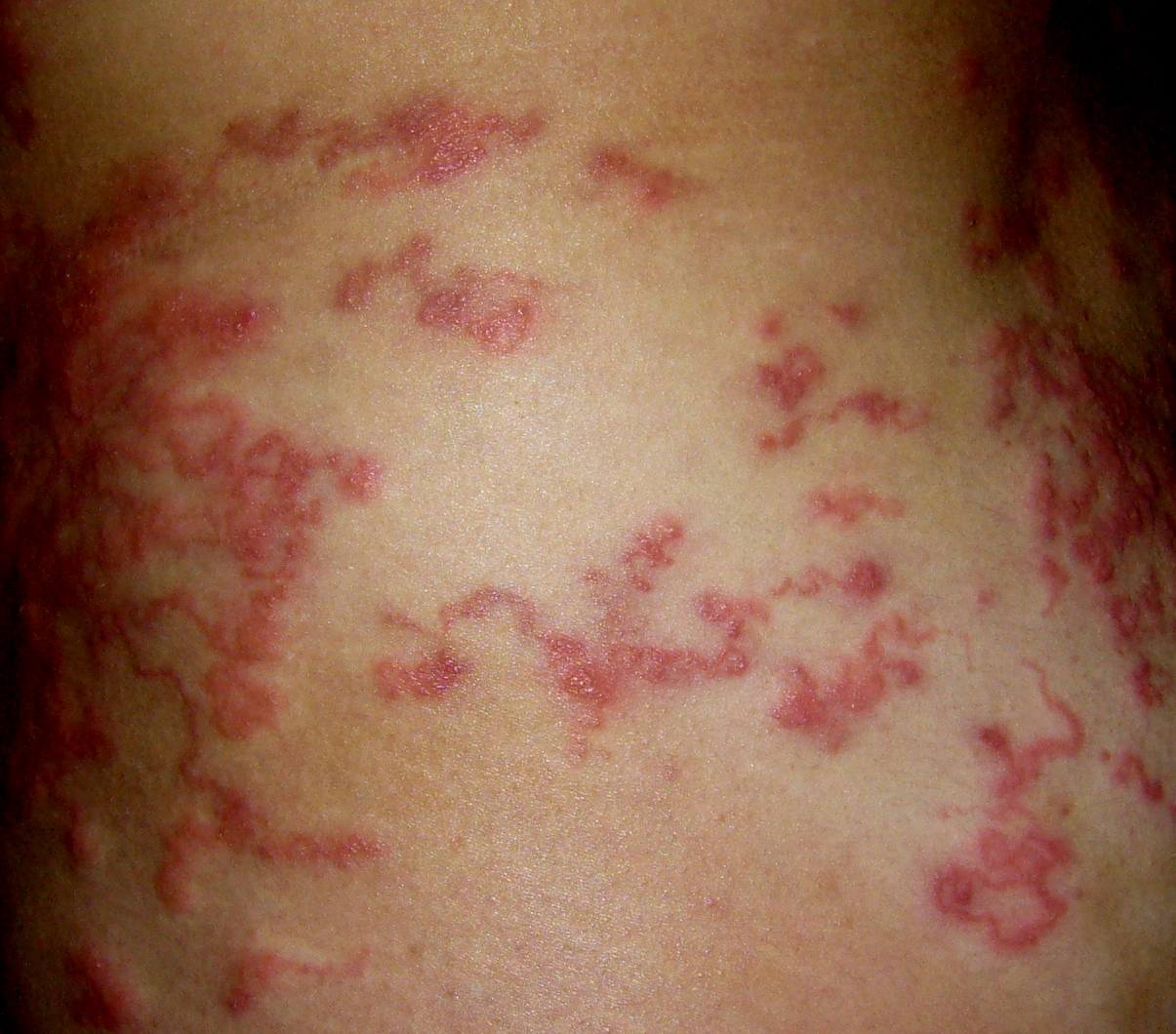|
Acral Arteriolar Ectasia
Acral arteriolar ectasia is characterized by purple serpiginous ectatic arterioles on the back of the fingers, presenting in the fifth decade of life.James, William; Berger, Timothy; Elston, Dirk (2005). ''Andrews' Diseases of the Skin: Clinical Dermatology''. (10th ed.). Saunders. Page 586. . A distinct vascular malformation, to our knowledge not described before, is reported. The malformation consists of purple serpiginous vessels on the dorsa of the digits, first arising in the fifth decade of life. The vessels are ectatic arterioles and are believed to represent a rare vascular malformation. See also * List of cutaneous conditions Many skin conditions affect the human integumentary system—the organ system covering the entire surface of the body and composed of skin, hair, nails, and related muscle and glands. The major function of this system is as a barrier against t ... References {{Dermal-growth-stub Dermal and subcutaneous growths ... [...More Info...] [...Related Items...] OR: [Wikipedia] [Google] [Baidu] |
Serpiginous
Serpiginous, first known to be used in the 15th century, is a term from Latin serpere to creep, usually referring to a creeping, snakelike or slowly progressive skin disease. It is used to describe the rash in cutaneous larvae migrans, erythema annulare centrifugum, purpura annularis telangiectoides, ringworm. and sometimes occurs in bullous pemphigoid. It is also used to describe serpiginous choroiditis Serpiginous choroiditis, also known as geographic or helicoid choroidopathy, is an uncommon chronic progressive inflammatory disease affecting adult men and women equally in the second to seventh decades of life. Presentation In this conditio ..., a rare eye condition in which irregularly shaped (serpiginous) lesions are seen in two layers of the eye surface (the choriocapillaris and the retinal pigment epithelium). References Dermatologic terminology {{Dermatology-stub ... [...More Info...] [...Related Items...] OR: [Wikipedia] [Google] [Baidu] |
Arterioles
An arteriole is a small-diameter blood vessel in the microcirculation that extends and branches out from an artery and leads to capillaries. Arterioles have muscular walls (usually only one to two layers of smooth muscle cells) and are the primary site of vascular resistance. The greatest change in blood pressure and velocity of blood flow occurs at the transition of arterioles to capillaries.This function is extremely important because it prevents the thin, one-layer capillaries from exploding upon pressure. The arterioles achieve this decrease in pressure, as they are the site with the highest resistance (a large contributor to total peripheral resistance) which translates to a large decrease in the pressure. Structure Microanatomy In a healthy vascular system the endothelium lines all blood-contacting surfaces, including arteries, arterioles, veins, venules, capillaries, and heart chambers. This healthy condition is promoted by the ample production of nitric oxide by the end ... [...More Info...] [...Related Items...] OR: [Wikipedia] [Google] [Baidu] |
List Of Cutaneous Conditions
Many skin conditions affect the human integumentary system—the organ system covering the entire surface of the body and composed of skin, hair, nails, and related muscle and glands. The major function of this system is as a barrier against the external environment. The skin weighs an average of four kilograms, covers an area of two square metres, and is made of three distinct layers: the epidermis, dermis, and subcutaneous tissue. The two main types of human skin are: glabrous skin, the hairless skin on the palms and soles (also referred to as the "palmoplantar" surfaces), and hair-bearing skin.Burns, Tony; ''et al''. (2006) ''Rook's Textbook of Dermatology CD-ROM''. Wiley-Blackwell. . Within the latter type, the hairs occur in structures called pilosebaceous units, each with hair follicle, sebaceous gland, and associated arrector pili muscle. In the embryo, the epidermis, hair, and glands form from the ectoderm, which is chemically influenced by the underlying mesoderm th ... [...More Info...] [...Related Items...] OR: [Wikipedia] [Google] [Baidu] |


